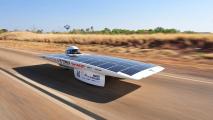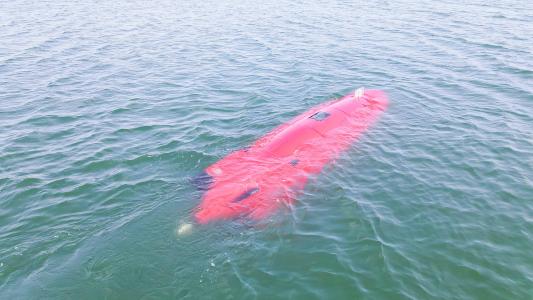General Motors has been flirting with 3D printing for about 30 years. Now, it’s ready to commit to the process.
On December 14, GM announced plans to open a dedicated 3D printing facility in Detroit. The company believes this center will help it save time and money during the development and production process.
GM isn’t the only major automaker buying into 3D printing — and for car buyers, that’s going to mean more customization and personalization options in the future.
3D Printing at GM
GM’s new 3D printing center will feature two dozen printers capable of creating 3D printed car parts out of polymers and metals.
The automakers plans to rely heavily on these 3D printers during the prototyping phase of car development — when it used 3D printing to develop the brakes for a recent vehicle, it was able to slash costs by 60% and cut nine weeks of development time.
GM also plans to use the 3D printers to create the tools needed to make its vehicles. That’s another proven application — it recently saved two months by using 3D printing to create hand tools for a factory rather than manufacturing them the traditional way.
Starting in 2021, some GM vehicles will even contain 3D printed car parts when they arrive at dealers’ lots.
GM isn’t the only major automaker with an eye on 3D printing. Volkswagen, Porsche, and others are all taking notice, too — and for drivers, that means more customization options.
Custom 3D Printed Car Parts
Today, automakers can only offer customers so many options when they’re buying a new car because it’s far cheaper to mass produce one or two options than to manufacture smaller runs of 20.
“It would simply take too much work to make casting and press tools for components that are produced in small lot sizes,” Volkswagen engineer Robert Stache said in 2018.
Automakers could use 3D printing to tailor your next new car to your wants and needs.
As VW is already finding out, 3D printing can cut those production costs, though, making more customized parts available to customers.
It’s starting small, with customized gearshift knobs and tailgate lettering, but plans to move on to bigger 3D printed car parts in the future. Other automakers, meanwhile, are using 3D printing to offer buyers personalized bumpers and even seats with different firmness levels.
If this trend continues, your next new car could be far more tailored to your wants and needs than the ones currently rolling off the assembly line — and no one else on the road will have one just like it.
We’d love to hear from you! If you have a comment about this article or if you have a tip for a future Freethink story, please email us at [email protected].






